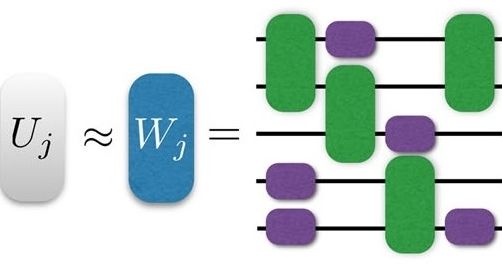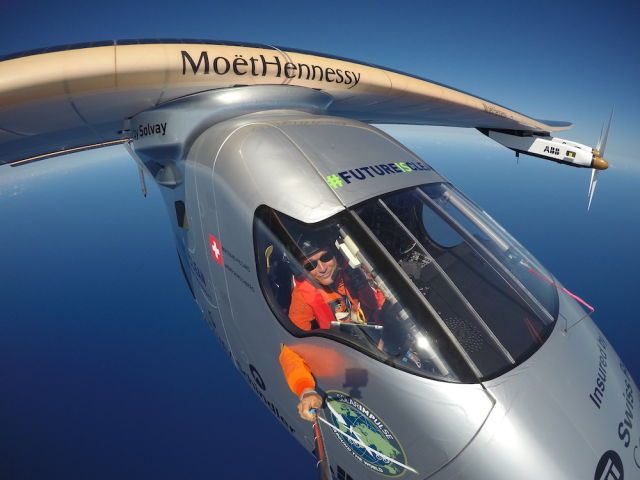Jun 23, 2016
Interstellar Defense Network Might Avert Real-Life ‘Independence Day’
Posted by Bruce Dorminey in categories: alien life, space travel
The new “Independence Day” is likely to be a popcorn-chomper, but it does provide us with some serious food for thought. We need to take a page from our former secretary of defense’s playbook and start thinking about such ‘known-unknowns.’ Eg., we need to take the development of interstellar propulsion much more seriously for a whole host of reasons.
As debris from an exploded mothership burned through Earth’s atmosphere, many audiences likely left the 1996 film “Independence Day” wondering when the rest of this ugly, stinking group of fictional extraterrestrials would return for a sequel? The answer lies in “Resurgence,” Roland Emmerich’s new blockbuster about locust-like space aliens that appear hellbent on killing off earth-like civilizations.


















